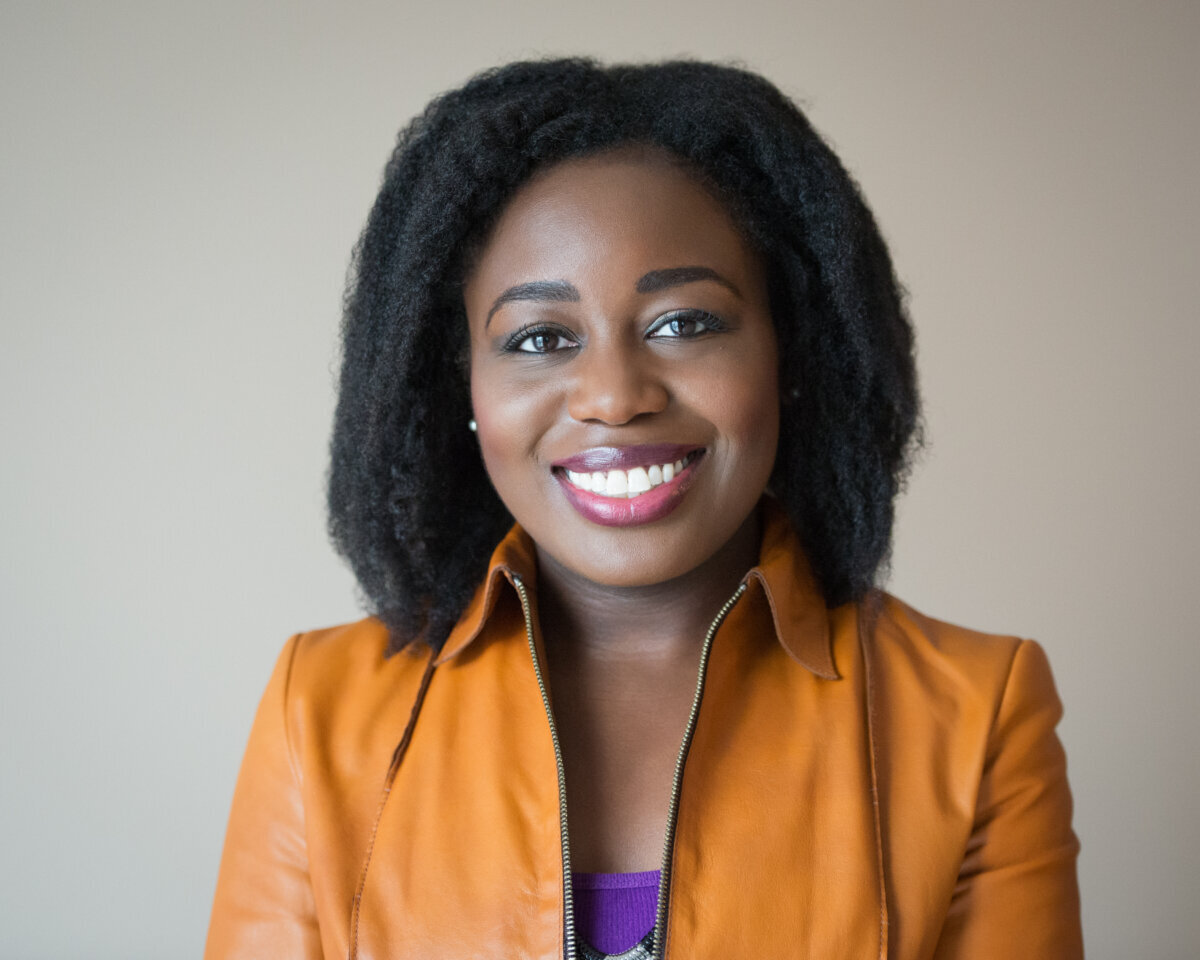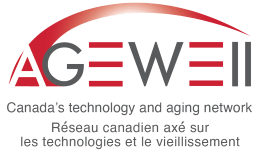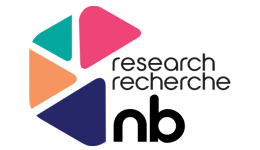
Innovating technology for the deaf and hard of hearing
AUTHOR(S) & CREDENTIALS: Eyra Abraham, CEO of Lisnen, and Karolina Jalowska, Digital Media Coordinator at the APPTA hub and AGE-WELL NCE
AFFILIATED INSTITUTION(S): AGE-WELL National Innovation Hub: APPTA
ACKNOWLEDGEMENTS: Jenna Roddick, Manager of Research and Knowledge Translation for the APPTA hub
Can you tell me a bit about yourself?
My name is Eyra Abraham and I’m the founder and CEO of Lisnen – a company that develops technology for people with hearing loss. I grew up in Nova Scotia, which is where the idea to develop Lisnen originated. Currently, I’m based in Toronto. I had a career prior to starting my business in the public sector and education. My philosophy in life and my career has always been to support the community. I do a lot of work that impacts people— that’s my passion.
Why did you start Lisnen?
I’m someone who is hard of hearing and I wear hearing aids. One night when I was living in my condo building in Nova Scotia, the building had a late-night fire drill. At the time of the drill, I had already taken my hearing aids off and went to bed. I didn’t hear the fire alarm and had slept through the whole thing. When I found out a few days later that this happened, I was shocked and I knew I needed to find a solution. It made me realize the inequalities in our society for people with hearing loss and the inequalities in the designs of technologies, like fire alarms. I started looking for devices that could help me but I couldn’t find the right fit. I wanted something easy to use, remote, affordable and flexible. So, I started Lisnen.
Lisnen is an alerting device for the deaf and hard of hearing. It’s a mobile application that uses your smartphone’s microphone to detect the noises around you in real-time. The application alerts and notifies you so you are aware of the sounds around you, like fire alarms, sirens and more. The older adult demographic, for example, is increasingly at risk for developing hearing loss. Lisnen helps give them freedom to go anywhere without having to worry about sound awareness. We provide a solution where they can be mobile inside or outside the home. We don’t replace hearing aids but there are times you need extra support when you’re not wearing them.
What were some of the challenges of starting your company?
So many. One of the biggest challenges was bootstrapping a high-tech company. Getting my company up and moving took longer because I didn’t have the funds I needed right away. Another challenge was learning how the ecosystem works in terms of where you’re at versus where your competitors are at and going. You’re constantly trying to be two steps ahead and yet, be present with your immediate goals. Overall, there’s a great number of resources and support available that can help make it easy to manage these challenges. Particularly, for me, the AGE-WELL network was a tremendous support. I also always say passion is incredibly important. I know a lot of people say that but it’s true because when multiple challenges are coming your way, it’s the passion that helps you stick it through and move forward.
Are there any policies you’d like to see change for the deaf and hard of hearing community?
I’m very active within the technology and disability community. It’s interesting because we’re seeing a lot of different technologies being developed but they’re not always being developed with all demographics in mind, like people with disabilities. I’d love to see more policies where we start to look at technologies, like Artificial Intelligence, and examine if they’re inclusive or if they’re actually creating more barriers for communities like the deaf and hard of hearing. I think we need to re-examine today’s technologies and keep those learnings in mind when creating new ones.

